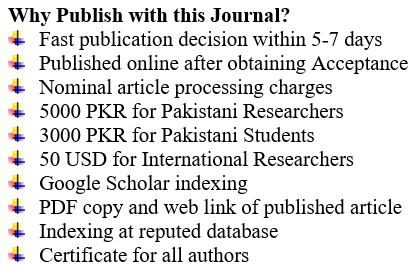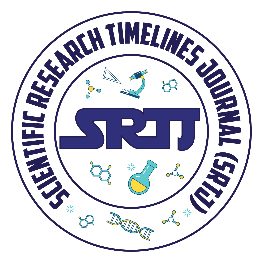PHENOLIC COMPOUNDS IN WHEAT GRAIN
Keywords:
Phenolic, Whole Grains, Minerals, Antioxidants, Wheat BranAbstract
This comprehensive review delves into the significance of phenolic compounds in wheat grains and their potential impact on human health. The exploration encompasses the types of phenolic compounds present, their distribution within the wheat grain, and the factors influencing their concentrations. Emphasis is placed on the antioxidant properties of phenolic compounds and their categorization into phenolic acids, flavonoids, stilbenes, coumarins, lignans, and tannins. Further, the review classifies phenolic compounds into flavonoids and non-flavonoids, unraveling their diverse forms and distributions within wheat grains. Noteworthy attention is given to the bio-accessibility of ferulic acid, a predominant phenolic compound in wheat, and its potential health benefits. The potential of wheat bread enrichment with non-cereal sources of phenolic antioxidants is explored, presenting a promising avenue for developing functional foods. The health benefits of phenolic compounds, including their antioxidant, anti-inflammatory, and anti-carcinogenic properties, are discussed. The review concludes with an emphasis on the rich phenolic content of wheat grains and their potential health benefits. The potential disadvantages, including carcinogenic, estrogenic, and cytotoxic activities associated with certain phenolic compounds, are acknowledged, urging caution in their consumption.
Downloads
Downloads
Published
Issue
Section
License
Copyright (c) 2024 Scientific Research Timelines Journal

This work is licensed under a Creative Commons Attribution-NonCommercial 4.0 International License.








 This work is licensed under a
This work is licensed under a 